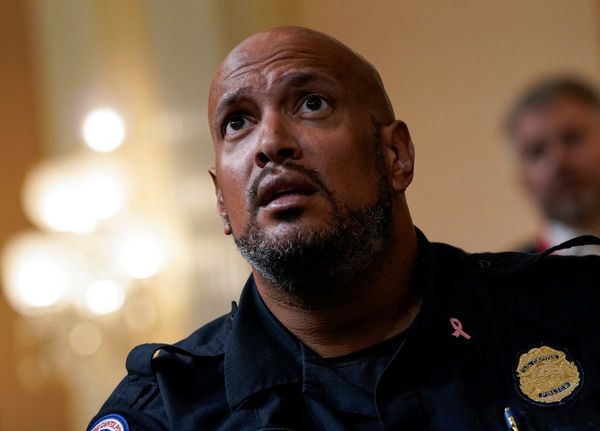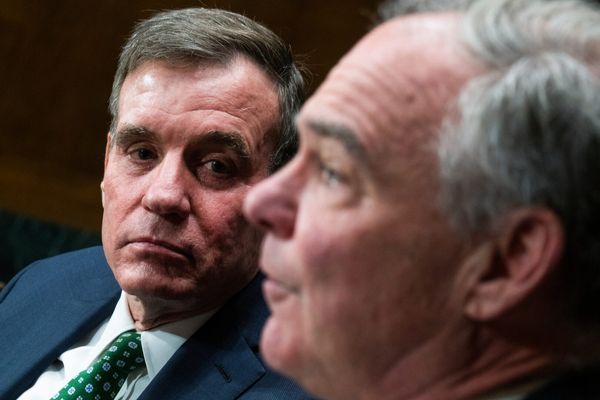Let's Get Wellington Moving has officially revealed the four options to "transform" the capital with mass rapid transit, improvements at the Basin Reserve, and an extra Mt Victoria Tunnel.
Mass rapid transit is the centrepiece of the proposals with routes both to the east and south via light rail or spacious elongated electric buses.
Compared with normal buses, it's estimated mass rapid transit trips from Island Bay to Wellington Railway Station will be up to 12 minutes shorter. Trips from the airport to the railway station will be up to eight minutes shorter.
Mass rapid transit will also enable up to 21,000 more houses by 2050. The southern route is considered to have the most potential for new development.
/cloudfront-ap-southeast-2.images.arcpublishing.com/nzme/R52SEHJTFJMOEOMREAZNK7M25Q.jpg)
All of the options include a new Mt Victoria tunnel. One for vehicles and buses, with the other for walking and cycling.
Grade separation at the Basin Reserve will involve extending the Arras Tunnel so local traffic can travel over the northbound state highway.
The Let's Get Wellington Moving transport plan being delivered through a three-way partnership between Wellington City Council, Greater Wellington Regional Council, and Waka Kotahi NZTA.
/cloudfront-ap-southeast-2.images.arcpublishing.com/nzme/WW2TRXYMM6W2TATSFQZDP2RZ4E.jpg)
Acting programme director David Dunlop said the multi-billion-dollar plan was a once-in-a generation opportunity to make transformational change.
"Our goal is to build a world-class capital to be proud of with streets that are beautiful and safe so that new housing and business will flourish.
"We won't need to use our cars as often so can cut back on our carbon emissions. This is about building a better future for the city and region that we love."
Option 1
The first option has light rail to the south running via the waterfront quays, Kent and Cambridge Terraces, the Basin Reserve, the hospital, and Berhampore.
There's a new Mt Victoria tunnel which could run diagonally from the Basin to the top of Wellington Rd or parallel to the existing one.
The new tunnel provides two lanes for buses and two lanes for other vehicles.
/cloudfront-ap-southeast-2.images.arcpublishing.com/nzme/K76ZSKHFAIE3K722WDEGXOCBOI.jpg)
There's bus priority to the east via the dedicated public transport lanes through the new Mt Victoria tunnel. The current Hataitai bus tunnel remains for local bus services.
The Basin Reserve no longer acts as a roundabout. The Arras Tunnel is extended so that local traffic can travel over the northbound state highway.
This is the most expensive option at $7.4 billion- cost estimates have been inflation-adjusted.
This option would result in 500 fewer vehicles and up to 21,000 extra dwellings.
Option 2
The main difference between the first and second options is public transport heading to the east and south.
Under option two, bus rapid transit replaces light rail to the south, meanwhile the east upgrades to bus rapid transit.
Option 3
The difference between the first and third options is the second Mt Victoria tunnel.
Under option three the new tunnel is built parallel to the existing one but for walking and cycling. The existing tunnel remains for vehicles.
Bus priority to the east is through the existing Hataitai bus tunnel.
Option 4
Option four is the same as option three, but there is no grade separation at the Basin Reserve and the route for mass rapid transit to the south is different.
The Arras Tunnel is unchanged and improvements are made to the existing layout and the intersection at Adelaide Rd.
Light rail runs via the waterfront quays, Taranaki St, the Basin, the hospital, and Berhampore.
This is the cheapest option at $5.8 billion. It results in 200 fewer vehicles and up to 21,000 dwellings.
Public to be consulted by Christmas
The public will be consulted on the options over six weeks from November 2 to December 10 alongside Wellington City Council's proposed district plan and a proposal to expand the city's cycling network.
Transport Minister Michael Wood said the Government has learnt the lessons from Auckland's City Rail Link project.
/cloudfront-ap-southeast-2.images.arcpublishing.com/nzme/M36UNPX5ZK2LT3MHOQTQSMCILI.jpg)
He said a business support package will be pulled together in advance of major work starting on mass rapid transit in Wellington.
"The reality of significant urban regeneration projects like this is that they do create a degree of disruption through existing city areas, there's simply no avoiding that."
Wood said he wanted to send a clear signal from the outset in Wellington that looking after those affected would be a priority.
Wellington mayor Andy Foster said the plan's aspiration was to have more people living close to work, great public facilities, and public transport.
"That allows further growing the proportion of trips on foot, by bike and on public transport, reducing pressure on transport and infrastructure networks, and our carbon emissions. A compact, walkable city is critical if we are to achieve that."
Greater Wellington Regional Council chairman Daran Ponter encouraged people to have their say on the options.
"There's been a lot of noise and lobbying around the Let's Get Wellington Moving programme so it's exciting to reach this milestone and give people a real opportunity to voice their preferences."







